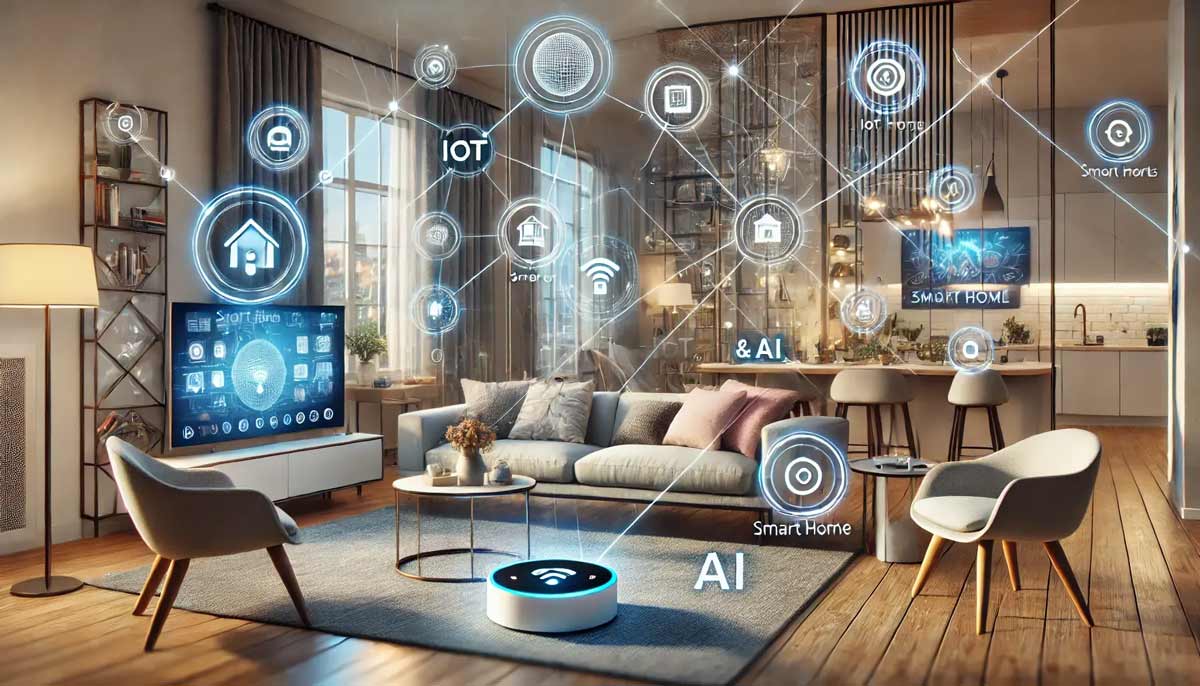Introduction: Welcome to the Future of Living
Imagine waking up to gentle lighting that mimics the sunrise, your thermostat already adjusting to the perfect temperature, and your coffee brewing automatically – all before your alarm goes off. This isn’t a scene from a sci-fi movie; it’s the reality of modern smart homes.
In this comprehensive guide, we’ll take you through every aspect of smart home technology. Whether you’re a complete beginner looking to dip your toes into home automation or a tech enthusiast planning a whole-house transformation, you’ll find exactly what you need here.
Why Smart Homes Matter Now More Than Ever
The global smart home market is projected to reach $338 billion by 2030, and for good reason. These technologies offer:
-
Unprecedented convenience – control your entire home with your voice or smartphone
-
Enhanced security – monitor and protect your property 24/7
-
Energy efficiency – reduce utility bills through intelligent automation
-
Accessibility – empower those with mobility challenges
-
Future-proofing – prepare your home for coming technological advances
What This Guide Covers
We’ve structured this guide to take you from basic concepts to advanced implementations:
-
Smart Home Foundations – Understanding the basics
-
Entry-Level Upgrades – Simple, affordable starters
-
Intermediate Systems – More sophisticated integrations
-
Advanced Automation – Whole-home solutions
-
Specialty Applications – Security, entertainment, and more
-
Future Trends – What’s coming next
How to Use This Guide
This isn’t just a passive read – it’s an interactive roadmap for your smart home journey. We recommend:
-
Starting with the fundamentals if you’re new to smart tech
-
Focusing on the sections most relevant to your current needs
-
Bookmarking pages for future reference as you expand your system
-
Using our product recommendations as a starting point for your research
Let’s begin by exploring what exactly makes a home “smart” and why these technologies have become so essential in modern life.
Chapter 1: Smart Home Fundamentals – Understanding the Basics
1.1 What Exactly is a Smart Home?
A smart home is a residence equipped with internet-connected devices that automate and enhance various household functions. These systems communicate with each other and can be controlled remotely through:
-
Smartphone apps
-
Voice commands
-
Automated schedules
-
AI-driven behaviors
Key Characteristics:
-
Connectivity: Devices use Wi-Fi, Bluetooth, or other wireless protocols
-
Interoperability: Different devices work together seamlessly
-
Automation: Capable of performing tasks without direct human input
-
Remote Access: Control and monitor from anywhere with internet
1.2 Core Components of a Smart Home
Every smart home ecosystem consists of these fundamental elements:
1.2.1 Control Hub
The “brain” that connects all devices. Options include:
-
Standalone hubs (Samsung SmartThings, Hubitat)
-
Voice assistants (Amazon Echo, Google Nest)
-
Router-based systems (Eero, Orbi)
1.2.2 Communication Protocols
How devices “talk” to each other:
| Protocol | Range | Power Use | Speed | Best For |
|---|---|---|---|---|
| Wi-Fi | Long | High | Fast | Mainstream devices |
| Bluetooth | Short | Medium | Medium | Personal devices |
| Zigbee | Medium | Low | Medium | Sensor networks |
| Z-Wave | Medium | Low | Medium | Security systems |
| Thread | Medium | Low | Fast | Future-proof setups |
| Matter | Varies | Varies | Varies | Cross-brand compatibility |
1.2.3 User Interfaces
How you interact with your smart home:
-
Voice control (Alexa, Google Assistant, Siri)
-
Mobile apps (Brand-specific or universal)
-
Touch panels (Wall-mounted controllers)
-
Gesture control (Emerging technology)
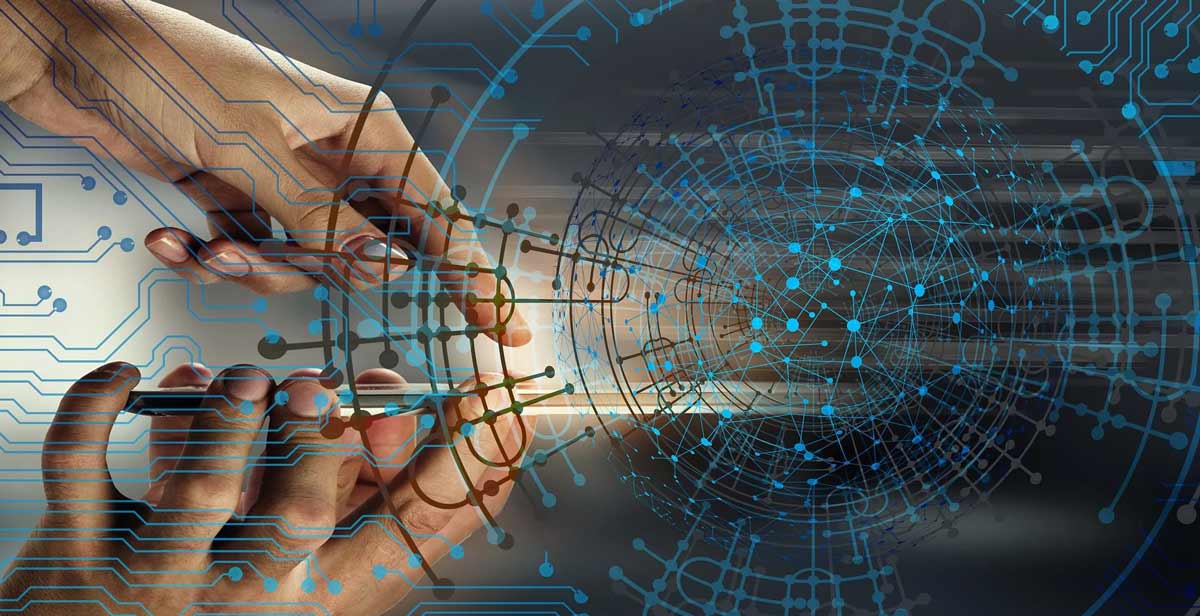
Introduction-The-Intersection-of-IoT-and-AI-Enhancing-Smart-Home-Experiences-DM-smartphone
1.3 Benefits of a Smart Home
1.3.1 Convenience
-
Single-command control (“Goodnight” turns off lights, locks doors, adjusts thermostat)
-
Location-based triggers (Lights turn on when you arrive home)
-
Routine automation (Morning coffee starts brewing at 7 AM)
1.3.2 Security
-
24/7 monitoring with smart cameras and sensors
-
Instant alerts for unusual activity
-
Remote access to locks and surveillance
1.3.3 Energy Efficiency
-
Smart thermostats can save 10-23% on HVAC costs
-
Automated lighting reduces unnecessary usage
-
Energy monitoring identifies power hogs
1.3.4 Accessibility
-
Voice control aids those with mobility challenges
-
Remote monitoring helps caregivers
-
Automated systems assist with daily tasks
1.4 Common Misconceptions
Myth 1: “Smart homes are too expensive.”
-
Reality: Starter kits begin under $100, and many upgrades pay for themselves through energy savings.
Myth 2: “You need to replace all your appliances.”
-
Reality: Smart plugs and adapters can retrofit existing devices.
Myth 3: “They’re too complicated to set up.”
-
Reality: Modern systems feature plug-and-play installation with intuitive apps.
Myth 4: “Smart homes are easily hacked.”
-
Reality: With proper security measures, they’re as safe as online banking.
1.5 Getting Started: Pre-Planning Checklist
Before purchasing any devices, consider:
-
Your primary goals (Security? Convenience? Energy savings?)
-
Existing infrastructure (Wi-Fi coverage, electrical wiring)
-
Compatibility requirements (iOS/Android, preferred voice assistant)
-
Budget parameters (Initial and long-term costs)
-
Technical comfort level (DIY vs professional installation)
Chapter 2: Entry-Level Smart Home Upgrades – Smart Living on a Budget
2.1 Introduction to Starter Smart Home Devices
Building a smart home doesn’t require massive upfront investment. These entry-level upgrades (all under $100) provide immediate benefits with minimal setup:
Best First Purchases:
-
Smart plugs – 45% of smart home beginners start here
-
Smart bulbs – The #1 most satisfying initial upgrade
-
Smart speakers – Voice control gateway
-
Basic security cameras – Peace of mind under $50
-
Smart sensors – Motion/temperature/door monitoring
2.2 Smart Plugs: Instant Automation for Any Device
Why Start Here?
-
Most affordable entry point (15−25 per plug)
-
No wiring required – uses existing outlets
-
Transforms “dumb” devices into smart ones
Top 2024 Picks:
| Model | Price | Key Features | Best For |
|---|---|---|---|
| TP-Link Kasa | $18 | Energy monitoring, no hub | General use |
| Amazon Smart Plug | $25 | Alexa built-in | Amazon households |
| Wyze Plug | $20 | Outdoor rated | Patio/yard devices |
Creative Uses:
-
Coffee maker automation (wake up to fresh brew)
-
Holiday light scheduling
-
Space heater safety control
-
“Fake occupancy” when traveling
2.3 Smart Bulbs: Lighting Made Smarter
Why They’re Worth It
-
Mood lighting (16 million color options)
-
Energy savings (LED efficiency)
-
Security benefits (vacation modes)
Comparison Table:
| Brand | Price (1pk) | Lumens | Special Features |
|---|---|---|---|
| Wyze Bulb | $15 | 800 | Budget pick |
| Philips Wiz | $18 | 1100 | No hub needed |
| Sengled | $22 | 800 | Works with Alexa/Google |
Pro Tip: Start with bulbs in high-use areas (bedside lamps, living room) before expanding.
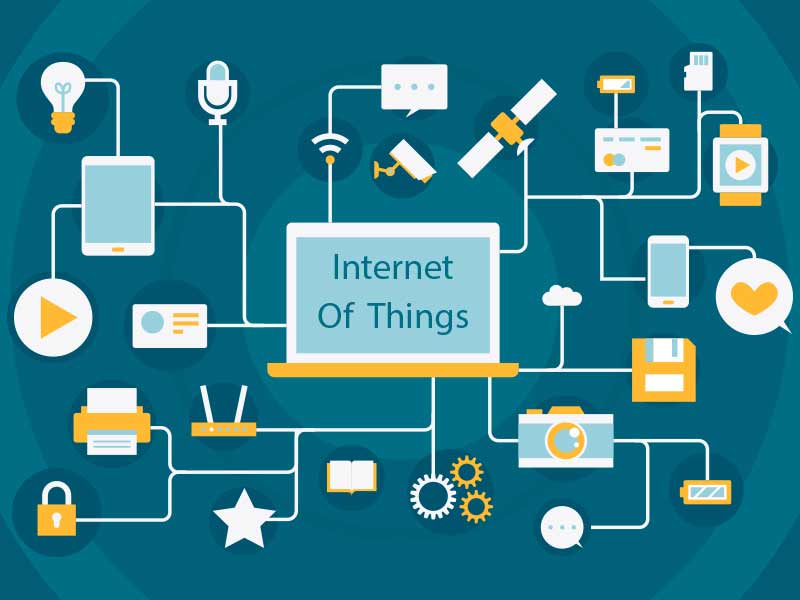
iot in smart houses
2.4 Entry-Level Smart Speakers
Voice Control Basics
-
Amazon Echo Dot (5th Gen) – $50 – Best Alexa experience
-
Google Nest Mini – $50 – Superior voice recognition
-
Apple HomePod mini – $99 – Ideal for iOS users
What You Can Do:
-
Control other smart devices
-
Set timers/alarms
-
Stream music
-
Answer questions
-
Create routines (“Good morning” sequence)
2.5 Affordable Security: Cameras & Sensors
Basic Security Starter Pack ($80 total):
-
Wyze Cam v3 ($36) – 1080p with color night vision
-
Aqara Door Sensor ($20) – Instant door alerts
-
Third Reality Motion Sensor ($24) – Pet-friendly detection
Installation Tips:
-
Place cameras 7-9 feet high
-
Angle motion sensors away from windows
-
Use door sensors on garage entries first
2.6 Smart Thermostats Under $100
Best Budget Options:
-
Google Nest Thermostat ($99)
-
Honeywell Home T5 ($89)
-
Ecobee3 Lite ($99)
Savings Potential:
-
Average 10-12% heating savings
-
15% cooling savings
-
Pays for itself in 1-2 years
2.7 Weekend Installation Guide
Saturday Morning (2 hours):
-
Install smart plugs on 2-3 key appliances
-
Replace 3-5 frequently used bulbs
-
Set up voice assistant
Saturday Afternoon (1 hour):
-
Mount entryway camera
-
Install door sensor on front door
-
Program basic routines
Sunday:
-
Test all devices
-
Adjust automation settings
-
Teach household members how to use
2.8 Common Beginner Mistakes to Avoid
-
Wi-Fi Overload – Don’t connect more than 15 devices to standard routers
-
Brand Mixing – Stick to 1-2 ecosystems initially
-
Over-Automation – Start with 3-5 simple routines
-
Placement Errors – Keep devices away from metal surfaces
-
Security Oversights – Always change default passwords
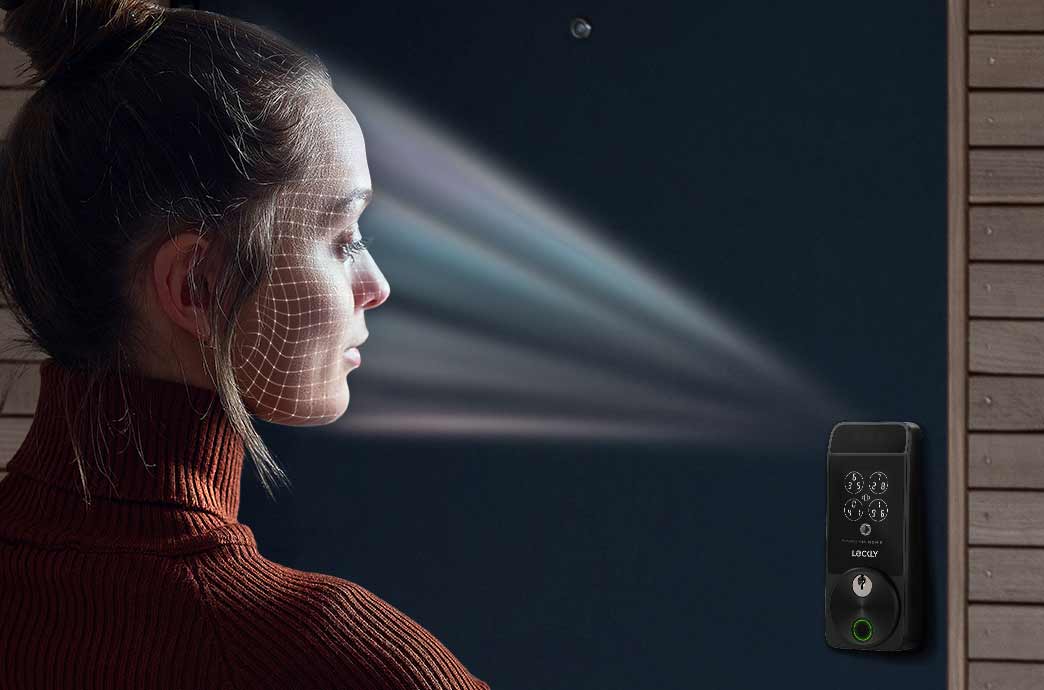
Lockly_Visage_Lifestyle iot
Chapter 3: Intermediate Smart Home Systems – Taking Control to the Next Level
3.1 Transitioning from Basic to Advanced Automation
Now that you’ve mastered entry-level devices, it’s time to create a truly interconnected smart home. These 100−500 upgrades deliver more sophisticated control and automation capabilities.
Key Differences from Entry-Level:
-
Whole-system coordination (multiple devices working together)
-
Location-based triggers (geofencing)
-
Advanced scheduling (sunrise/sunset rules)
-
Cross-brand compatibility (Matter/Thread support)
-
Energy monitoring (circuit-level tracking)
3.2 Smart Lighting Systems
Beyond Basic Bulbs: Advanced Lighting Control
Upgrade from single bulbs to complete lighting ecosystems:
Best Mid-Range Options:
-
Philips Hue Starter Kit ($199)
-
Includes bridge + 3 color bulbs
-
Supports 50+ accessories
-
Industry-leading reliability
-
-
Lutron Caséta Starter Kit ($229)
-
Smart dimmer switches
-
Works with existing bulbs
-
Best for whole-room control
-
-
Nanoleaf Essentials Line ($149 starter)
-
Thread-enabled
-
Matter compatible
-
Unique shapes/designs
-
Pro Lighting Automation(Python):
# Example automation logic
if sunset_time:
living_room_lights.dim(50%)
elif motion.detected and after_midnight:
hallway_lights.turn_on(20%)
elif front_door.unlocked:
entryway_lights.turn_on(100%)
3.3 Comprehensive Security Systems
Building a Complete Security Setup
Move beyond basic cameras to integrated protection:
Recommended Package (300−500):
-
2-3 Outdoor Cameras (EufyCam 2C Pro)
-
Smart Doorbell (Google Nest Hello)
-
Glass Break Sensors (Ring Alarm)
-
Water Leak Detectors (Aqara)
-
Professional Monitoring (optional)
Security Automation Ideas:
-
“Away Mode” arms system when last person leaves
-
Camera recording triggers on unusual motion
-
Siren activates if glass break detected at night
-
Smart locks engage when alarm is armed
3.4 Smart Locks & Entry Systems
Keyless Entry Solutions Comparison
| Model | Price | Type | Best Feature |
|---|---|---|---|
| August Wi-Fi | $229 | Retrofit | Works with existing deadbolt |
| Schlage Encode | $299 | Full replacement | Built-in Wi-Fi |
| Yale Assure 2 | $279 | Touchscreen | Works with Apple HomeKit |
Installation Considerations:
-
Door thickness (must be 1-3/8″ to 2-1/4″)
-
Backplate compatibility (check existing hardware)
-
Power source (battery life 6-12 months)
3.5 Whole-Home Audio
Multi-Room Sound Systems
Basic smart speakers → whole-home audio:
Best Mid-Range Options:
-
Sonos Era 100 ($249 each)
-
Room-filling sound
-
Trueplay tuning
-
Works with all voice assistants
-
-
Amazon Echo Studio ($199 each)
-
3D audio
-
Built-in Zigbee hub
-
Best for Alexa households
-
-
Google Nest Audio ($179 each)
-
Superior voice recognition
-
Chromecast built-in
-
Adaptive sound
-
Audio Zones Setup:
-
Living Room (Primary)
-
Kitchen (Background)
-
Bedroom (White noise)
-
Bathroom (Water-resistant)
3.6 Robot Vacuums That Learn
Smart Cleaning Solutions
From basic to mapping-capable models:
2024’s Best Mid-Range:
-
Roborock Q5+ ($429)
-
LiDAR mapping
-
Self-empty bin
-
Multi-floor memory
-
-
iRobot Roomba j7+ ($599)
-
AI obstacle avoidance
-
Precision cleaning
-
Ideal for pet owners
-
Automation Potential:
{
"schedule": {
"weekdays": "9AM (after school run)",
"weekends": "11AM",
"special": {
"guest_coming": "trigger deep clean",
"spill_detected": "spot clean"
}
}
}
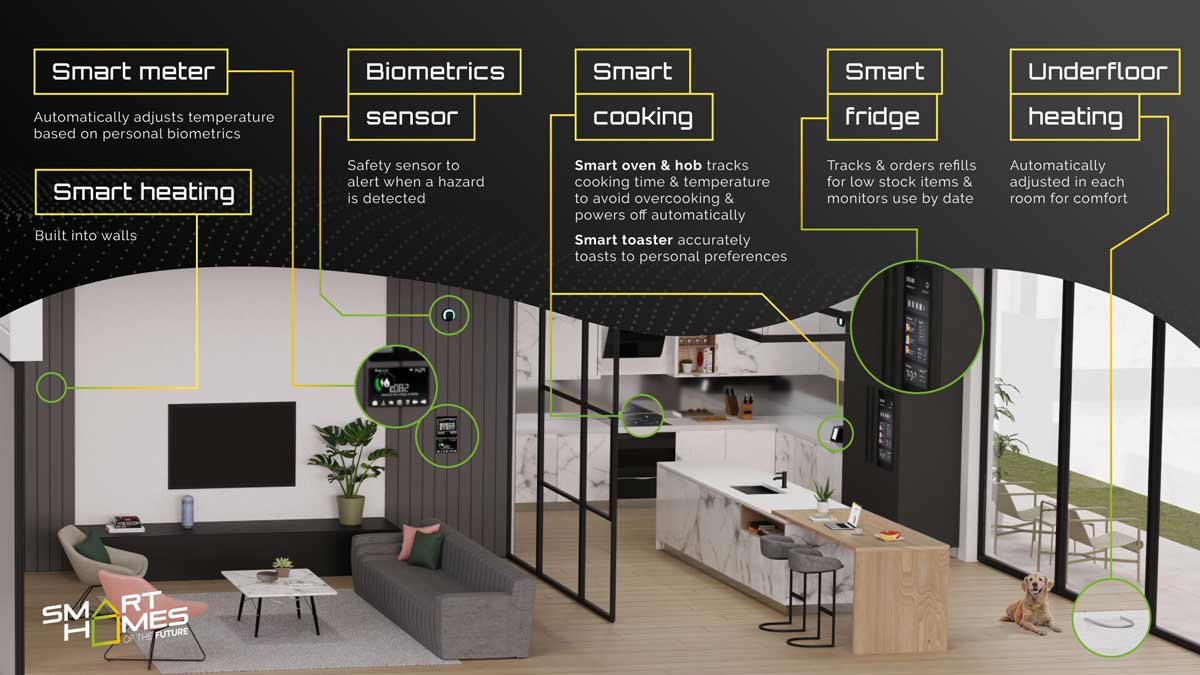
Design02_Downstairs IOT of smart home
3.7 Advanced Hub Options
Centralized Control Systems
Upgrade from voice assistants to professional-grade hubs:
Comparison Table:
| Hub | Price | Key Strength | Best For |
|---|---|---|---|
| Samsung SmartThings | $130 | Broad compatibility | Beginners |
| Hubitat Elevation | $150 | Local processing | Privacy-focused |
| Home Assistant Yellow | $169 | Open-source | Tech enthusiasts |
Hub vs. Voice Assistant:
-
Hubs handle 100+ devices
-
Local processing (works without internet)
-
Advanced automation (if-this-then-that rules)
3.8 Professional vs DIY Installation
When to Call a Pro:
-
Hardwired security systems
-
Whole-home audio wiring
-
Complex lighting setups
-
HVAC smart thermostat integration
DIY-Friendly Projects:
-
Smart lock installation
-
Plug-in cameras/sensors
-
Wireless lighting systems
-
Voice assistant setups
Cost Comparison:
-
Professional installation: 80−150/hour
-
DIY savings: 40-60% on labor
Chapter 4: Advanced Home Automation Ecosystems – The Fully Connected Smart Home
4.1 The Pinnacle of Home Automation
At this stage, your smart home transitions from individual connected devices to a holistic, AI-driven ecosystem. These high-end implementations (500−5,000+) deliver:
-
Predictive behaviors (anticipating needs before you ask)
-
Whole-home synchronization (50+ devices working in concert)
-
Professional-grade security (24/7 monitored systems)
-
Energy optimization (circuit-level monitoring and management)
-
Luxury integrations (home theaters, wellness features)
4.2 Centralized Control Systems
4.2.1 Premium Hub Comparison
| System | Price | Key Feature | Ideal User |
|---|---|---|---|
| Control4 | $1,500+ | Dealer-installed reliability | Luxury homeowners |
| Crestron Home | $3,000+ | Commercial-grade performance | Tech executives |
| Savant Pro | $2,800+ | Apple ecosystem integration | iOS devotees |
| Lutron HomeWorks | $4,000+ | Lighting-centric architecture | Design-focused |
Case Study: A 5,000 sq ft home with Control4:
-
78 connected devices
-
12 lighting zones
-
8 AV control zones
-
98% system uptime
-
3-second voice command processing
4.3 AI-Powered Predictive Automation
4.3.1 Machine Learning in Smart Homes
How It Works:
-
Behavior tracking (6-8 week learning period)
-
Pattern recognition (sleep cycles, comings/goings)
-
Predictive modeling (weather-based adjustments)
-
Continuous optimization (daily algorithm updates)
Real-World Example:
# AI Thermostat Algorithm
def adjust_climate():
if family_calendar == 'workday':
if traffic.delay > 15min:
postpone AC activation
elif weather_forecast == 'sunny':
pre-cool 2°F below setpoint
elif biometrics.stress_level > 75%:
gradually lower temp 3°F
4.3.2 Top Predictive Systems
-
Google Nest Learning Thermostat ($249) – Learns schedule in 1 week
-
Ecobee Smart Thermostat Premium ($299) – Room sensors adjust for occupancy
-
Josh.ai ($5,000+) – Whole-home neural network
4.4 Professional Security Integration
4.4.1 Monitored Security Packages
| Provider | Monthly Cost | Equipment Cost | Unique Feature |
|---|---|---|---|
| Vivint | $39.99 | 1,200−3,000 | Smart Drive video storage |
| ADT Command | $45.99 | 899−2,500 | Google Nest integration |
| Brinks Home | $39.00 | 599−1,800 | DIY professional monitoring |
Advanced Security Features:
-
Facial recognition at entry points
-
Gunshot detection algorithms
-
Emergency response routing (police/fire/medical)
-
Cybersecurity protection for all IoT devices
4.5 Energy Management Systems
4.5.1 Whole-Home Energy Solutions
Top Systems:
-
Sense Energy Monitor ($349)
-
Real-time circuit-level tracking
-
Identifies 90% of appliances
-
Solar panel integration
-
-
Span Smart Panel ($3,500)
-
App-controlled circuit breakers
-
Emergency power management
-
Solar + battery optimization
-
Energy Automation:
{
"energy_rules": {
"peak_hours": "Reduce non-essential loads",
"solar_production": "Divert excess to EV charging",
"utility_alert": "Automate demand response"
}
}
4.6 Luxury Smart Appliances
4.6.1 High-End Connected Appliances
Kitchen:
-
JennAir Rise ($15,000) – Voice-controlled induction cooktop
-
LG InstaView Refrigerator ($4,500) – Knock-to-see interior
-
Bosch Benchmark Series ($3,800) – Recipe-guided oven
Bath:
-
Kohler Numi 2.0 ($9,300) – Smart toilet with Alexa
-
MTI Whirlpool Tubs ($12,000) – Chromotherapy lighting
Laundry:
-
GE Profile Smart Washer ($2,100) – AI detergent dosing
-
LG Styler Steam Closet ($2,800) – Remote garment refresh
4.7 Home Theater & Whole-Home AV
4.7.1 Professional Media Systems
Component Breakdown:
-
Control System (Control4/Savant) – $3,000+
-
Projector (Sony VPL-XW7000ES) – $15,000
-
Screen (Stewart Filmscreen) – $5,000
-
Audio (Bowers & Wilkins 800 Series) – $60,000
-
Acoustic Treatment – $8,000
Smart Theater Automation:
-
Lighting dims when playback starts
-
Climate adjusts for optimal viewing
-
Motorized curtains close
-
Snack bar notifications during intermission
4.8 Wellness & Biometric Integration
4.8.1 Health-Focused Automation
Emerging Technologies:
-
Sleep optimization systems (Eight Sleep Pod – $2,495)
-
Air quality monitoring (Awair Element – $299)
-
Hydration tracking (Moen Smart Shower – $1,200)
-
Circadian lighting (Ketra Lighting Systems – $15,000+)
Biometric Automation Flow:
Wearable detects → Elevated heart rate →
Adjusts: [Lighting color temp] [Ambient temp -2°F] [Humidity +5%] →
Plays: [Calming soundscape] →
Notifies: [Household members if emergency]
4.9 Implementation Roadmap
Phase 1: Planning (2-4 weeks)
-
Professional consultation (150−300/hr)
-
Network infrastructure upgrade
-
Ecosystem compatibility analysis
Phase 2: Installation (1-3 weeks)
-
Certified technician deployment
-
System calibration
-
Family training sessions
Phase 3: Optimization (Ongoing)
-
Monthly AI refinement
-
Seasonal automation updates
-
Security protocol reviews
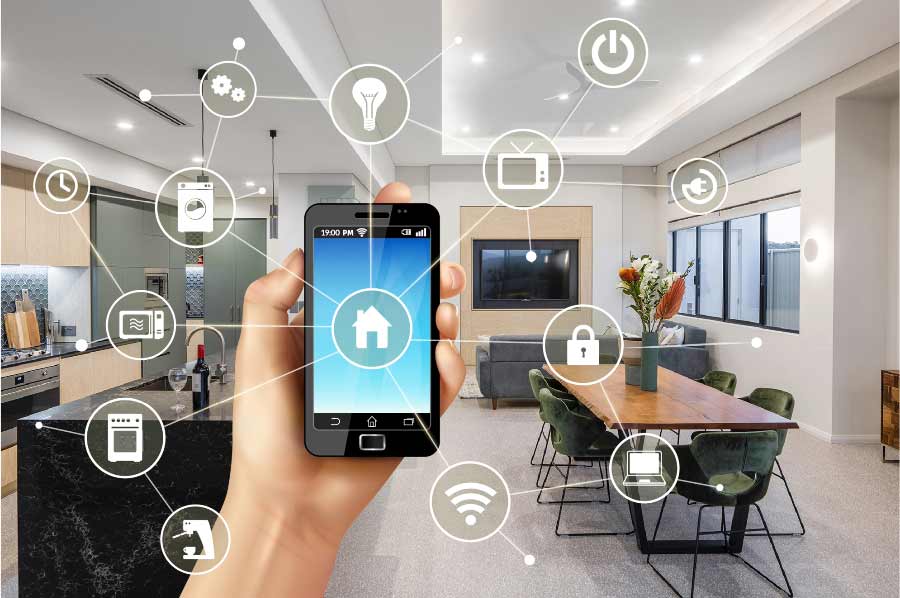
Collage-Smart-Homes-JAYANTHI-V-BIT-1-1
Chapter 5: Specialty Smart Home Applications – Beyond the Basics
5.1 Introduction to Niche Smart Home Technologies
While core smart home systems focus on lighting, security, and climate, specialty applications target specific lifestyle needs. These implementations often deliver the most personalized automation experiences.
Key Specialty Categories:
-
Culinary technology (smart kitchens)
-
Health & wellness integration
-
Accessibility enhancements
-
Outdoor living systems
-
Custom automation programming
5.2 The Connected Kitchen Revolution
5.2.1 Advanced Smart Appliances
Must-Have Kitchen Tech:
| Appliance | Price Range | Smart Features |
|---|---|---|
| June Oven | 599−999 | AI food recognition, guided cooking |
| Anova Precision Cooker | $199 | Sous vide smartphone control |
| Bartesian Cocktail Maker | $349 | App-controlled mixology |
| Samsung Family Hub Fridge | $3,499 | Internal cameras, recipe suggestions |
Innovative Use Case:
# Smart Recipe Execution
def prepare_dinner(recipe):
oven.preheat(recipe.temp)
pantry.check_ingredients()
if missing_ingredients:
grocery_list.update()
notify_user()
cooking_time = recipe.duration - 15min # accounts for carryover cooking
hood.activate(exhaust_level=recipe.smoke_factor)
5.2.2 Inventory Management Systems
Top Solutions:
-
Innit ($299/yr) – Smart food tracking
-
Samsung Food (Free) – Expiration alerts
-
Prepdeck ($499) – Portion-controlled meal prep
Automation Benefits:
-
Automatic grocery ordering
-
Waste reduction through tracking
-
Meal planning integration
5.3 Health & Wellness Integration
5.3.1 Sleep Optimization Systems
Comparative Analysis:
| System | Price | Key Metric | Integration |
|---|---|---|---|
| Eight Sleep Pod | $2,495 | Sleep stages | Alexa/Google |
| Withings Sleep Analyzer | $299 | Sleep apnea risk | Apple Health |
| Tempur-Pedic Smart Base | $1,999 | Movement tracking | IFTTT |
Sample Automation:
{
"sleep_routine": {
"pre_bed": {
"lights": "dim to 2700K",
"thermostat": "set to 67°F",
"audio": "play white noise"
},
"during_sleep": {
"adjustments": {
"temperature": "±3°F based on biometrics",
"humidity": "maintain 45-55%"
}
}
}
}
5.3.2 Air Quality Ecosystems
Component Breakdown:
-
Awair Element ($299) – VOC monitoring
-
Dyson Pure Humidify+Cool ($799) – Auto-purification
-
Airthings View Plus ($299) – Radon detection
5.4 Accessibility-Focused Automation
5.4.1 Assistive Technology Solutions
Essential Devices:
-
Voice-controlled everything (light switches, doors, blinds)
-
Floor pressure sensors (fall detection)
-
Smart medication dispensers (Hero – $99/mo)
-
Eye-gaze control systems (Tobii Dynavox)
Implementation Considerations:
-
Redundant control methods
-
Emergency override systems
-
Caregiver access protocols
5.4.2 Universal Design Principles
-
Voice-first interfaces
-
Haptic feedback (vibration alerts)
-
High-contrast visual cues
-
Non-touch activation (presence detection)
-
Predictive assistance (anticipating needs)
5.5 Outdoor Smart Living Spaces
5.5.1 Weatherproof Automation
Must-Have Outdoor Tech:
| Category | Product Example | Key Feature |
|---|---|---|
| Lighting | Philips Hue Outdoor | Motion-triggered paths |
| Entertainment | Sonos Outdoor Speakers | Weather-resistant audio |
| Security | Arlo Pro 4 Floodlight | 2000-lumen deterrence |
| Landscaping | Rachio 3 Smart Sprinkler | Weather-aware watering |
Seasonal Automation Examples:
-
Summer: Misting system activates when temp >85°F
-
Winter: Pathway heating melts snow accumulation
-
Fall: Leaf blower drone scheduled post-storm
5.6 Custom Automation Programming
5.6.1 Advanced Scripting Platforms
Tool Comparison:
| Platform | Learning Curve | Max Flexibility | Best For |
|---|---|---|---|
| Home Assistant | Steep | Unlimited | Tech enthusiasts |
| Node-RED | Moderate | High | Visual programmers |
| IFTTT Pro | Easy | Limited | Beginners |
5.6.2 DIY Smart Home Projects
Creative Implementations:
-
Fridge inventory tracker (Raspberry Pi + camera)
-
Laundry room monitor (vibration sensor + notifications)
-
Pet feeder automation (scheduled + motion-activated)
-
Plant care system (soil sensors + automated watering)
5.7 Implementation Checklist
For Specialty Systems:
-
Conduct needs assessment (30+ question evaluation)
-
Verify network capacity (dedicated VLAN recommended)
-
Schedule professional consultations (where needed)
-
Develop failure scenarios (backup control methods)
-
Create documentation (for all household members)
Special Considerations:
-
Health systems require HIPAA-compliant platforms
-
Outdoor tech needs weatherproof enclosures
-
Kitchen appliances demand regular firmware updates
-
Accessibility systems require redundant controls


